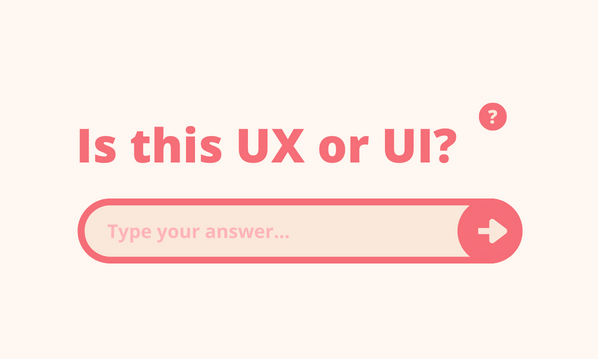 Web design used to be pretty straightforward. All you had to do was make sure your website could be viewed properly on a PC and a Mac, and you were good to go.
Web design used to be pretty straightforward. All you had to do was make sure your website could be viewed properly on a PC and a Mac, and you were good to go.
But today, it’s a different story. Smart phones and tablets have taken off. In the UK, a significant amount of internet use happens on these mobile devices. And this trend isn’t going to change – indeed, Apple’s Watch may mark a new wave of wearable devices.
That means your website needs to work on more screen sizes than ever before.
Do you need a mobile website?
When smart phones first hit the market, many web designers catered for them by creating specific mobile websites.
However, the problem with this is that mobile sites usually have reduced functionality and content. This can cause confusion and frustration amongst visitors, especially if they’re familiar with what’s on your full website.
An alternative is responsive web design. This involves creating your website so it can flex and adapt to the size of screen it’s being viewed on.
The phrase ‘responsive web design’ was first coined by web designer Ethan Marcotte, and has since become a recognised concept in web design.
If a website is responsive, it has a flexible layout. This means that when a visitor switches from their 27-inch desktop monitor to their 9-inch tablet, the website automatically reformats for the available screen size.
Why responsive web design matters
Although mobile web usage has rocketed, many websites are still tricky to use on mobile devices. If a site has only been designed with full-size computers in mind, it can be hard to read and frustrating to use on mobile devices.
If visitors struggle to navigate your website on their small screen, they are likely to look elsewhere. And that can mean you miss out on valuable prospects and business opportunities.
But there are other benefits, too:
- Time and money. Creating a responsive website doesn’t have to be expensive. Sure, if you work with a web designer, opting for a responsive website is likely to cost more than building a conventional one. However, you don’t have to spend time and money creating separate websites for mobile devices, tablets and other devices.
- A great experience. With a responsive website, your visitors can consume your content using the device they choose – at any time. Responsive web design allows you to provide a good use experience, irrespective of whether each user is using a desktop computer, a smart phone, a tablet, a smart TV, or some other device.
- Better search rankings. Google recently announced that mobile-friendliness will affect rankings. Quite simply, the search giant likes responsive websites. And since Google can send lots of visitors your way, it’s wise to pay attention to what it’s looking for.
In short, using responsive web design can help you reach a wider audience. A responsive website puts your site in everyone’s hands.
How to make your website responsive
Although it is sometimes possible to add responsive functions to an existing website, this can be a messy process.
The layout of a responsive website is usually designed to fit a fluid grid which allows the elements on each page to be shifted around for different screen sizes. If your current website isn’t arranged in this way, it’s hard to be confident that it will work well on every size of screen. And even if it is, retrofitting responsive functions is a fiddly business.
It might be easier if your website is built on a platform that relies on templates or themes (like WordPress). In this case, you can sometimes switch to a responsive template. However, this will likely require you to adapt the content and images in some way.
Otherwise, moving to a responsive layout is really something to consider when you’re redeveloping your website.
These days, any decent web designer should be comfortable building and working with responsive websites, and many website builder packages also offer responsive layouts.
Ultimately, switching to a responsive design is the best way to cater for people on the widest-possible range of screen sizes. As mobile internet use continues to grow, make sure you’re ready.
[bctt tweet=”Using responsive web design can put your site in potential customers’ hands.”]





